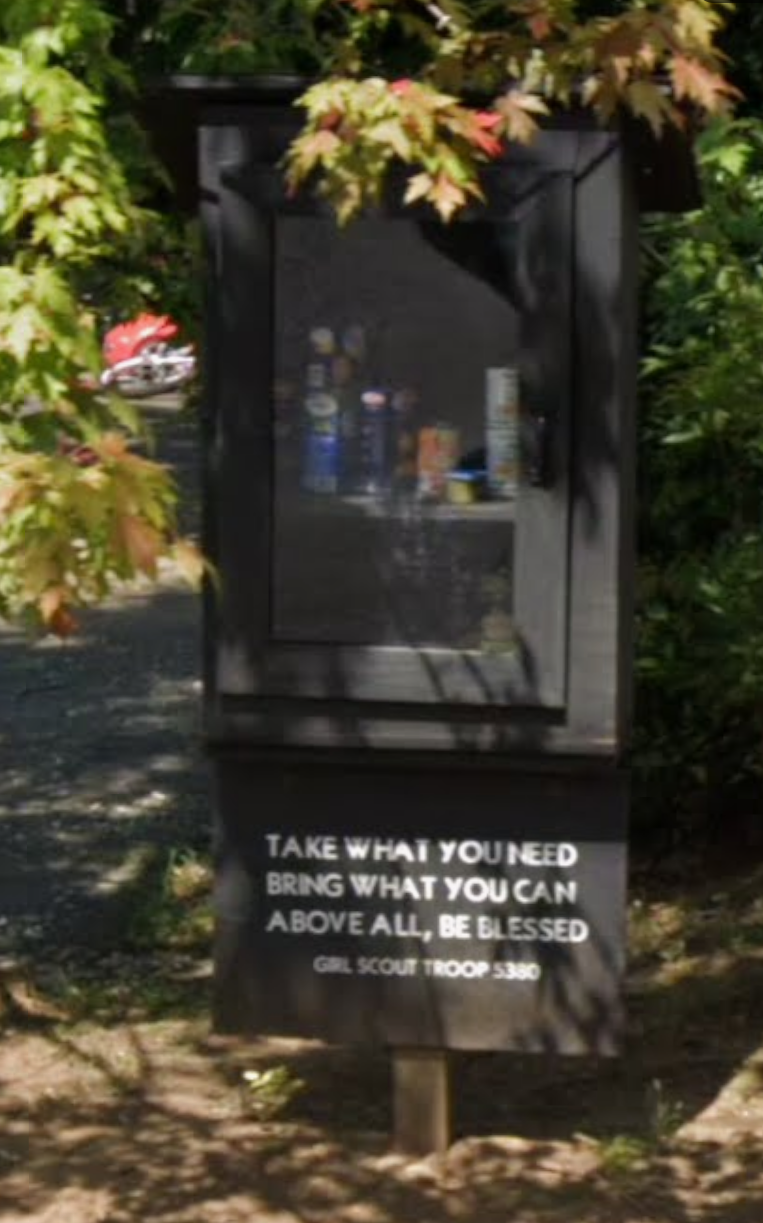Here's How #Japan Is Turning #Footsteps Into #Electricity
By Samyak Goswami, Aug. 16, 2025 6:15 pm EST
Excerpts: "While Japan's implementation of #piezoelectric tiles is new, the underlying technology itself dates back to the late #19thCentury. The Curie brothers discovered that pressing substances like quartz, topaz, sugarcane, and more induced a voltage across the substance, known as the piezoelectric effect. The converse is also true, as piezoelectric materials also change shape or vibrate when an electric current is passed through them. Due to these properties, piezoelectric substances find use in numerous applications like quartz watches, sonars, and electricity-producing sidewalks. Common kitchen lighters, too, use a piezoelectric material to produce their characteristic spark from the pressure applied to the trigger.
"Piezoelectric substances generally produce a low voltage that depends on various factors. Japan's implementation of the piezoelectric sidewalk generated around 0.1W of power when a 60kg person stepped on a tile, back in 2008. The power from one footstep isn't substantial, but the figure quickly grows when millions of people take a step in crowded places like Tokyo's Shibuya Station. Moreover, the technology has evolved, and more efficient tiles can generate up to 30W of power with each step."
[...]
"The biggest roadblock that has limited piezoelectric tiles to niche applications is the high upfront cost associated with them. The cost depends on their efficiency and can range from $50 to $100. Installing a wide network of such tiles over a large area can quickly shoot up the initial investment. However, research shows that crowded areas such as subway stations are best suited for piezoelectric tiles, despite the high cost. A 2017 research even claimed that these tiles can result in up to 99.93% lower cost of electricity over the tile's lifespan, taking Cairo's busting Elshohadaa station as an example.
"That said, low power output is another big factor that makes piezoelectric tiles economically unfeasible. Conventional renewable energy sources, like solar panels, have evolved over time and can generate more electricity at a much lower cost. Additionally, power generation takes a nosedive in lightly populated areas, restricting the technology to only a few busy spaces. Moreover, higher maintenance costs and frequent repairs due to enormous stress in crowded areas are other factors stopping piezoelectric tiles from becoming mainstream. That said, a high-output tile with greater durability could make its adoption economically feasible in the future."
Read More: https://www.slashgear.com/1937672/how-japan-generating-electricity-with-piezoelectric-sidewalks-explained/
#SolarPunkSunday #SolarPunk #FootTraffic #ElectricityGeneration #19thCenturyTechnology #TechnologyAdaptation

